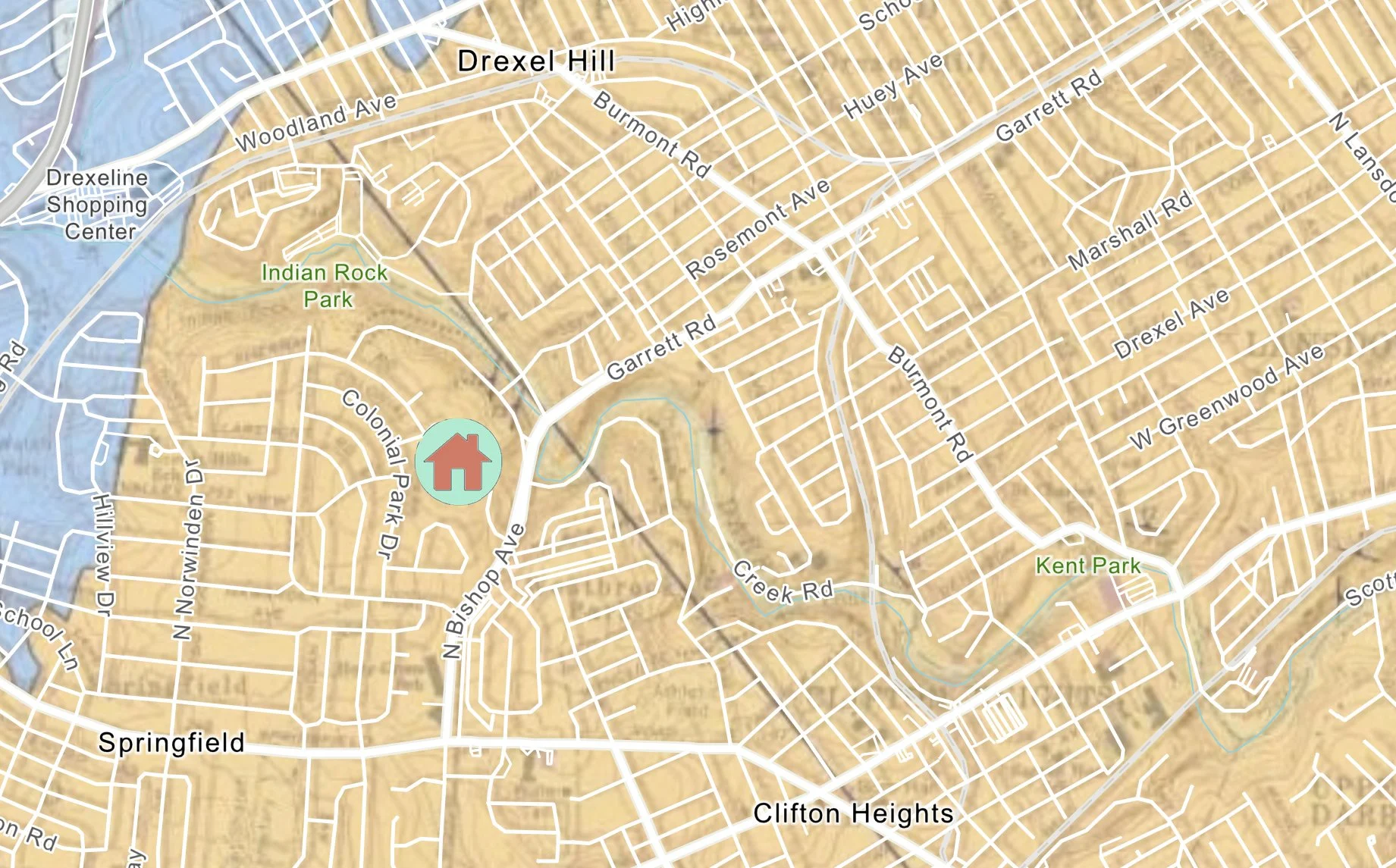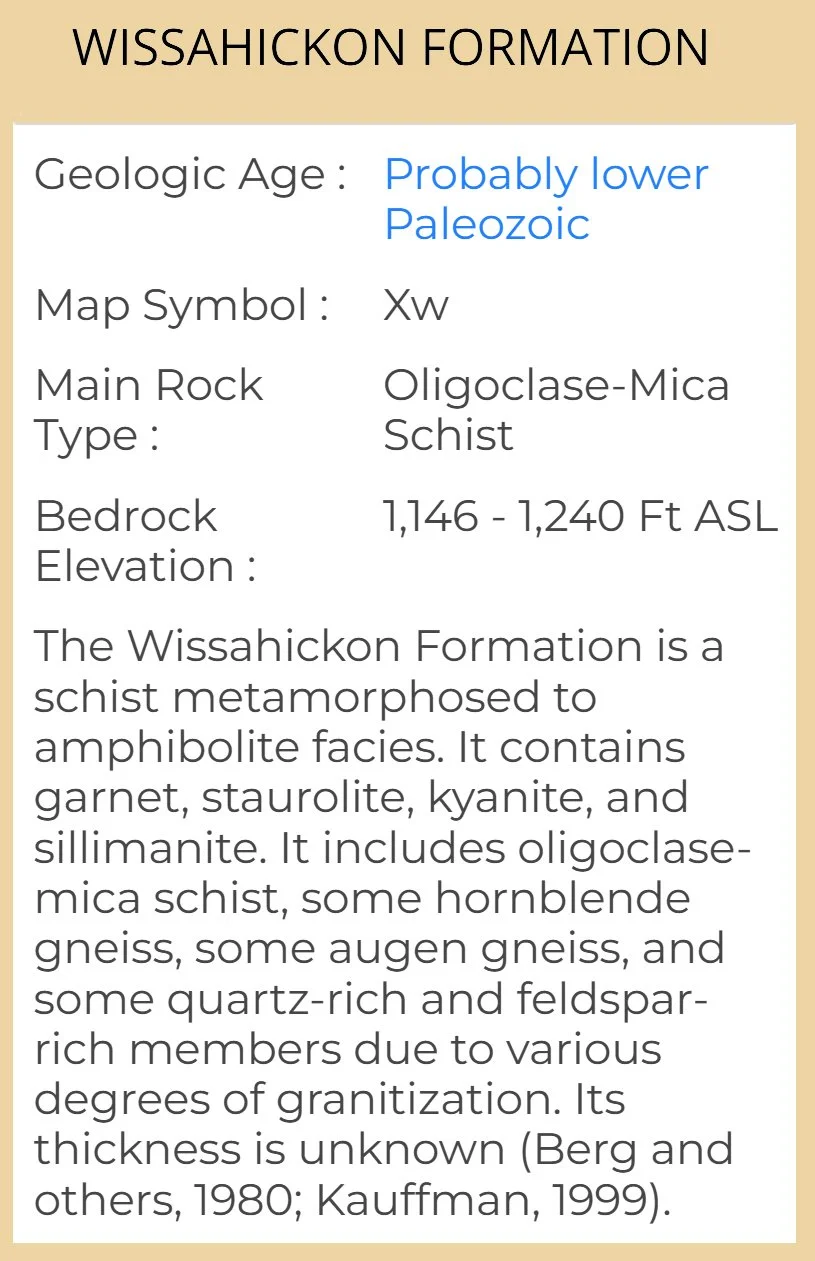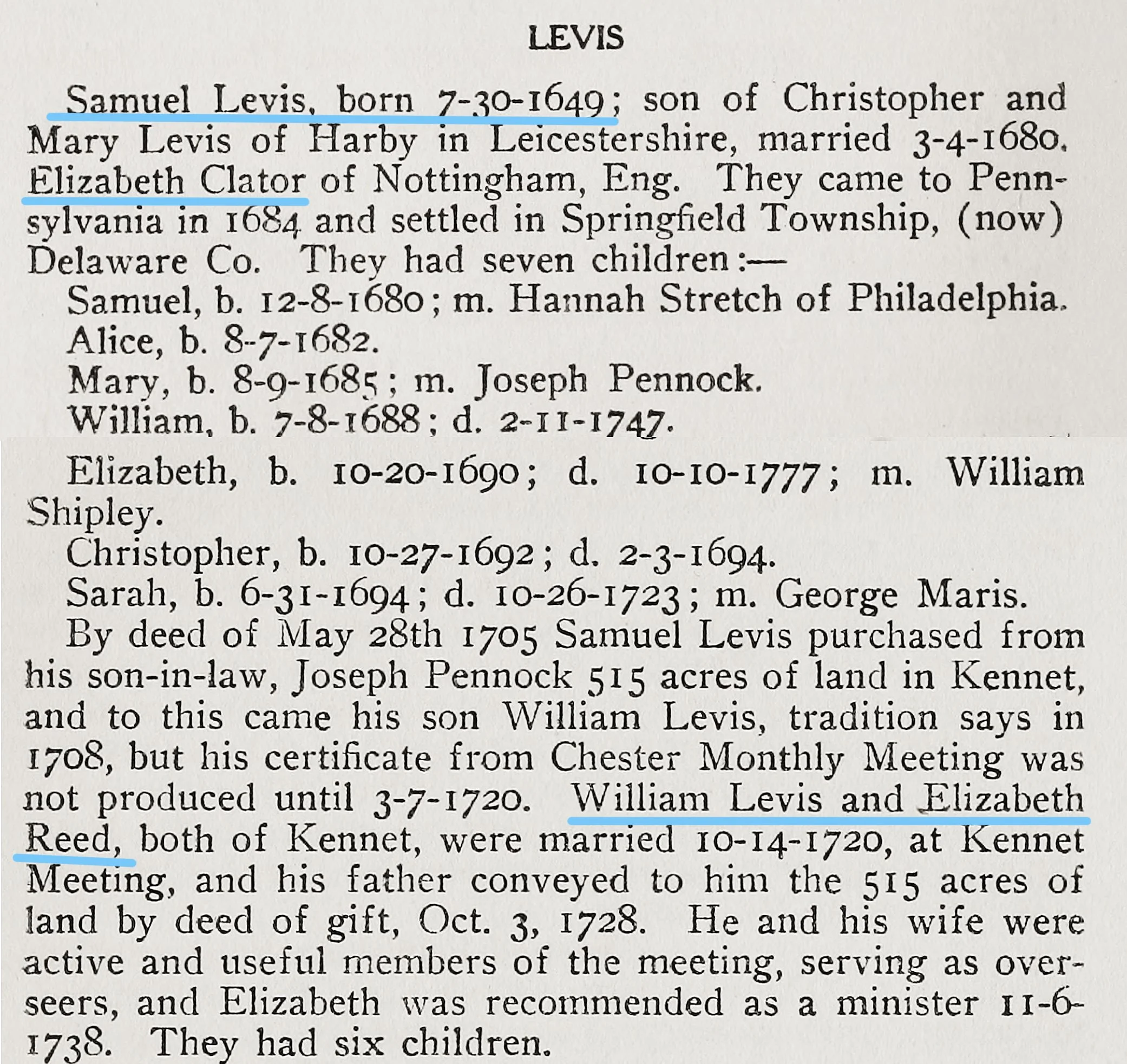Historic Quaker House of Delaware County, PA
The Levis House, built ca. 1696
By Quaker Immigrants Samuel and Elizabeth Levis
One of the Earliest Houses in Delaware County
Above: The ca. 1696 Levis House is one of the earliest houses in Delaware County, at 620 Hey Lane, Springfield. Image source: Lee J. Stoltzfus
Samuel Levis was a wealthy Quaker farmer and community leader. He immigrated to Pennsylvania from Leicestershire, England in 1684. He was one of the first settlers in Delaware County, where he had much influence. He served on the provincial Assembly and was a member of the Governor’s Council and a justice of the Court of Chester County.
The house contains six fireplaces. Most of the floors are the original random width flooring. This house remained in the Levis family for eight generations until the property left the family in 1925.
Flemish-Bond Brickwork
Diamond-Pane Leaded-Glass Windows:
Above: The house showcases Flemish-bond brickwork with glazed headers combined with diamond-pane leaded-glass windows. Only the earliest houses in southeast Pennsylvania have these details. The builders apparently made the bricks from local clay here on the property. Image source: Lee J. Stoltzfus
A Stone Outbuilding at the Levis House:
Above: A gable end of a stone building near the Levis house in an October sunrise. Samuel Levis purchased 500 acres in Pennsylvania before emigrating from England. Image source: Lee J. Stoltzfus.
Above: Nandina domestica (Heavenly bamboo) grows beside a wall.
The Local Building Stone:
Wissahickon Formation / Wissahickon Schist:
Above: The Levis House on a bedrock map. Image source: PaGEODE
Above: One of southeast Pennsylvania’s claims to fame in the world of vernacular architecture is the region’s historic buildings constructed of local fieldstone. A bedrock geologic map reveals that the Levis house rests on bedrock of the Wissahickon Formation. The local building stone of the historic Levis property is Wissahickon Schist from this formation. Wissahickon Schist is a signature material of many early stone structures in the Philadelphia area.
An Extraordinary Delftware Plate
Made for William and Elizabeth Levis:
Above: Image source: Pook and Pook Auction
This extraordinary delftware dish, dated 1738, was apparently made for William Levis and Elizabeth Levis. They were the son and daughter-in-law of the Quaker immigrants who built the ca. 1696 Levis house, shown above.
The William and Elizabeth Levis House:
Above: The home of William and Elizabeth Levis (central stone house with balcony) Image source: HistoryAtticResearch
William Levis married Elizabeth Reed in 1720 at the Kennett Quaker Meetinghouse. William was the son of Samuel and Elizabeth Levis who built the ca. 1696 brick house. William and Elizabeth were both overseers of their Quaker meeting. Elizabeth was also a minister of the meeting.
Levis Family History:
Above: Image source: Bi-Centennial of Old Kennett Meeting House, Walter Jenkins, 1910, HathiTrust
Links:









